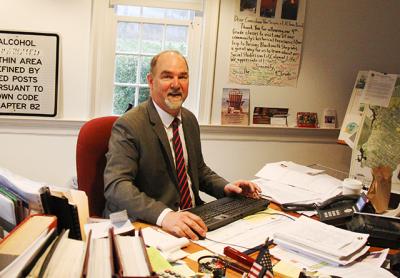Winter Comes to Springs
Winter Comes to Springs

Debra Winter will be the new Springs School District superintendent beginning July 1. During a special meeting at the school Wednesday, the Board of Education officially announced her appointment. She is replacing John J. Finello, who had been serving as interim superintendent following his retirement last July. Mr. Finello had been the superintendent since 2013.
Ms. Winter, who was selected following a four-month search, is the assistant superintendent for student and community services at the Longwood Central School District in Middle Island. She has 30 years of experience in special education. She also was an adjunct professor at Dowling College in Oakdale for 12 years, followed by appointments as director of pupil personnel, first for the Plainview-Old Bethpage School District, then for the Jericho School District.






